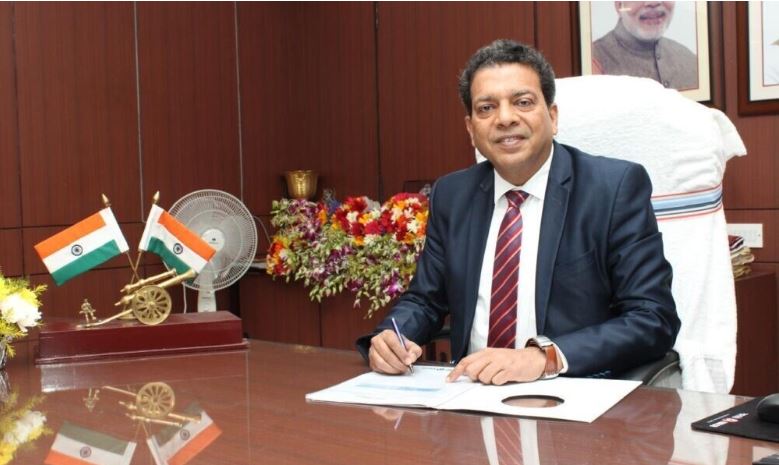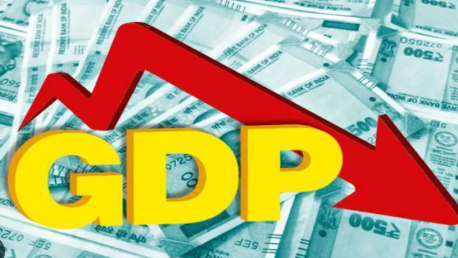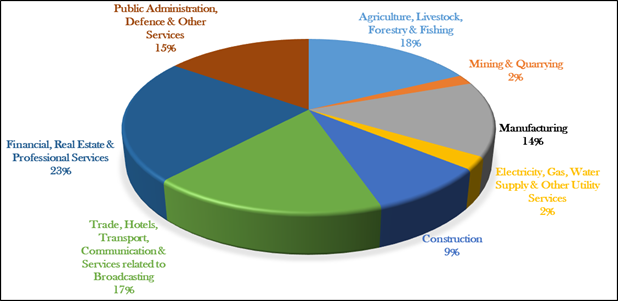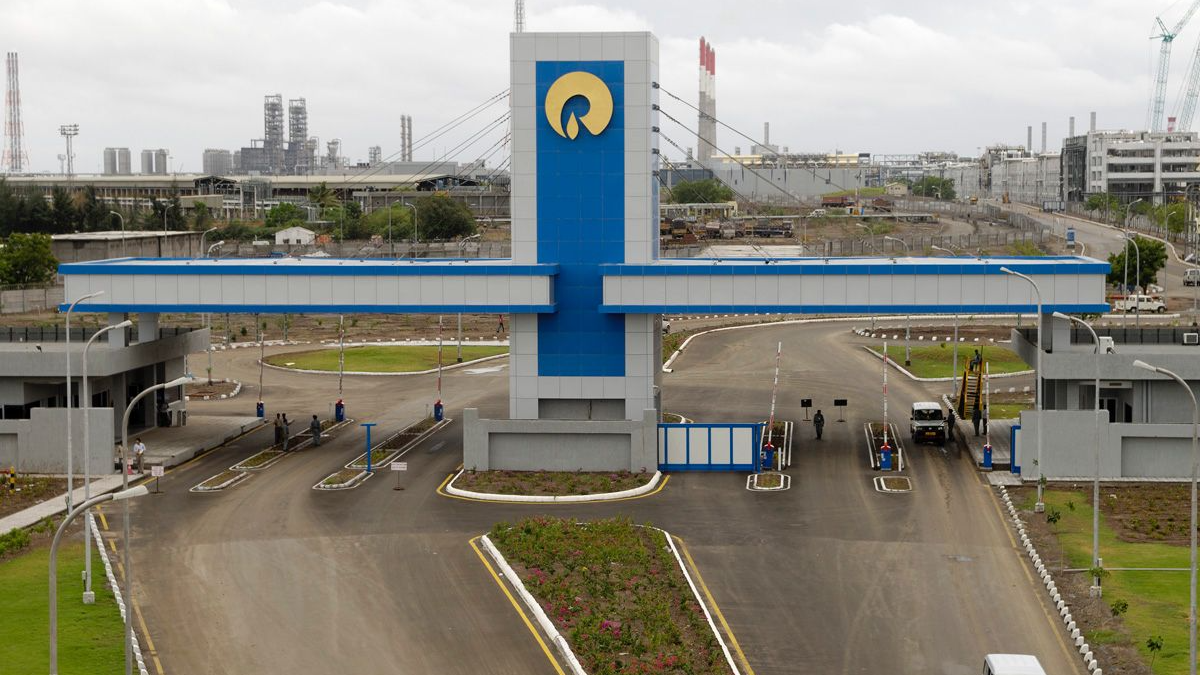New Delhi, Sep 7: India's housing sector is in the midst of a large growth phase, with a compound annual growth rate (CAGR) of 10 per cent in volumes expected over the next 3-5 years, according to a Jefferies report.
The government's capex has seen a threefold increase over the past five years, but this growth may be reaching its peak. As the government steps back, the private corporate sector is set to take the lead.
With strong corporate balance sheets and direct government incentives, companies are ramping up their investments, further fueling the capex cycle. India's economic growth over the past three years has been driven by a robust capital expenditure (capex) cycle, and the outlook remains positive as this investment cycle still has room to grow in the coming years.
The investment landscape in the country is currently divided across three key areas: corporate capex, housing, and government spending, with shares of 35 per cent, 40 per cent, and 25 per cent, respectively. India's equity markets have benefitted from a surge in domestic investor flows, with participation reaching all-time highs.
Domestic investors are contributing more than USD 7 billion per month to the markets, both through mutual funds and individual stock purchases. This participation now accounts for approximately 25 per cent of financial savings in India, marking a shift towards financial asset ownership. While the pace of domestic inflows could slow down in the near term due to their already elevated levels, the long-term outlook remains positive.
The financialisation of Indian savings and relatively low asset allocation in equities suggests that domestic flows will continue to be a structural growth story in the years to come. Despite strong domestic support, Indian equity markets are currently trading at elevated valuation levels, limiting foreign investor flows.
Over the past three years, India's weight in emerging market (EM) benchmarks has doubled, reflecting the country's robust market performance. However, foreign portfolio investors (FPIs) have yet to fully adjust their positions. Many FPIs are currently underweight (UWT) in India, compared to the traditional 2-3 percentage point overweight (OWT) positions typically held.
With India's fundamentals remaining strong, including a projected earnings growth CAGR of 15 per cent, any significant dips in the market could attract renewed foreign investment, providing a cushion for the markets and limiting downside risks. India is set to maintain its position as the fastest-growing large economy in the world, with the International Monetary Fund (IMF) projecting a GDP growth rate of 6.3 per cent for the 2024-28 period.
This growth is underpinned by favourable demographic trends, as the country's working-age population continues to rise, with an estimated 175 million workers expected to enter the workforce over the next 20 years. Inflation, a major concern in many global economies, has been structurally controlled in India.
The Reserve Bank of India's (RBI) inflation targeting policy, which aims for a 4 per cent Consumer Price Index (CPI), alongside proactive government measures, has successfully contained inflationary pressures. On the external front, India's current account deficit (CAD) is projected to be a manageable 1.2 per cent of GDP in FY25, comfortably covered by foreign exchange flows.
(ANI)





















































